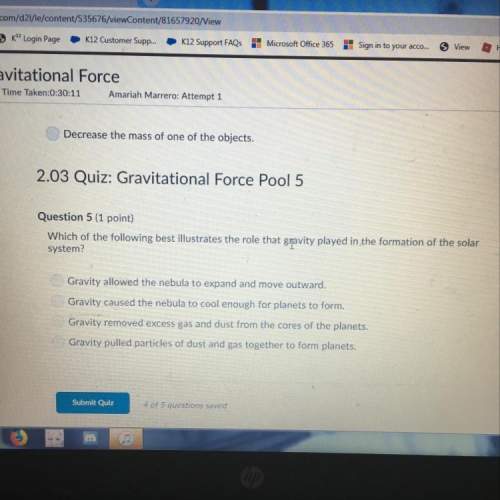
Experiment 1: In the first lab we would have started by measuring the mass of a sample of baking soda in a beaker. We would then use a dropper to add hydrochloric acid to the beaker. As the acid contacted the baking soda it would have fizzed vigorously, then settled down. We would continue to add acid until there was no evidence of fizzing. The reaction would then be completed. Afterward we would set aside the beaker to allow the contents to dry out. When all the liquid had evaporated away we would see many cubic crystals of common salt remaining in the beaker. We would then measure the mass of the salt crystals.
Baking soda is properly called sodium hydrogen carbonate. (The more old-fashioned name that appears on the package is sodium bicarbonate.)
Hydrochloric acid is hydrogen chloride dissolved in water.
The bubbles produced in the fizzing reaction are full of carbon dioxide gas.
The salt crystals are sodium chloride.
Another product of the reaction is water. We wouldn’t notice this because the hydrochloric acid already contains some water.
So the reaction is:
sodium hydrogen carbonate + hydrogen chloride sodium chloride + carbon dioxide + water
Your Tasks:
a. Write a balanced chemical equation for this lab reaction.
b. Calculate the mass of salt that would remain at the end of the lab if we began with 12.50g of baking soda.
c. Calculate the masses of each of the reactants and each of the products. Show that mass is conserved in this chemical reaction.
d. Explain why we were unable to measure the masses of the carbon dioxide and water that were produced.
Experiment 2: In the second lab we would have started by measuring the mass of a sample of baking soda in a small porcelain cup called a crucible. We would then put a cover on the crucible and place it over a Bunsen burner adjusted to produce a flame with maximum possible heat output. After cooking for several minutes we would remove the crucible from the flame and set it aside to cool safely. When the crucible had cooled enough we could look inside to see white crystals inside that look a bit different from the original baking soda. Baking soda decomposes when heated. This is the reason it is used in so many baking recipes. As baking soda decomposes it produces bubbles that make baked goods fluffy and light. Depending on the temperature, baking soda can decompose into two different sets of products.
One possible reaction is:
sodium hydrogen carbonate sodium hydroxide + carbon dioxide
The second possible reaction is:
sodium hydrogen carbonate sodium oxide + carbon dioxide + water
Your Tasks:
a. Write separate balanced chemical equations for each of the decomposition reactions described above.
b. Determine which reaction occurred in our experiment if we began with 3.25 g of baking soda and finished with 1.12 g of white crystals.
c. Identify the composition of the white crystals.

Answers: 1
Other questions on the subject: Chemistry

Chemistry, 22.06.2019 13:30, justinerodriguz2878
What are the major types of a chemical compound
Answers: 2

Chemistry, 23.06.2019 07:50, alexusnicole817
Asolution is produced in which water is the solvent and there are four solutes. which of the solutes can dissolve better if the solution is heated?
Answers: 1
Do you know the correct answer?
Experiment 1: In the first lab we would have started by measuring the mass of a sample of baking sod...
Questions in other subjects:

Mathematics, 04.04.2020 22:45

Mathematics, 04.04.2020 22:45


Mathematics, 04.04.2020 22:45

History, 04.04.2020 22:45

English, 04.04.2020 22:45

English, 04.04.2020 22:45


Mathematics, 04.04.2020 22:45







